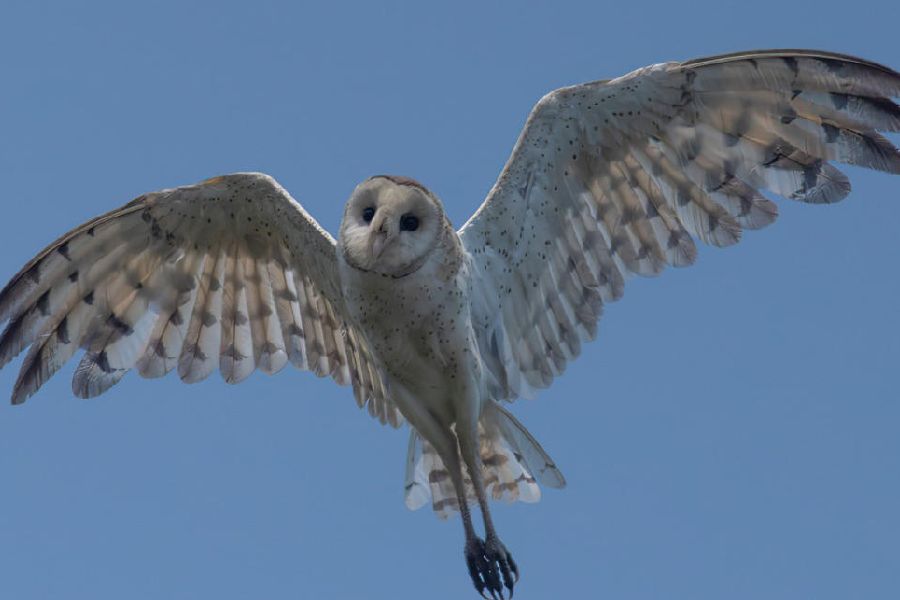The rare and reclusive Australasian grass owl was sighted by birdwatchers on March 9 at the Farakka Important Bird Area (IBA) in the Ganga after a gap of over 40 years in Bengal, foresters have said.
The exercise is being conducted by the Malda division of the state forest department along with two organisations: the Green Peoples India, Malda, and the Birdwatchers’ Society, Calcutta.
“On March 9, we had a groundbreaking discovery as birdwatchers Sandip Das, Swarup Sarkar and Saikat Das sighted the bird and documented the photographic record of the Australasian grass owl (Tyto longimembris), thus confirming its distribution in Bengal,” said Jiju Jaesper J., the divisional forest officer of Malda.
“The sighting is of immense ornithological significance as the species has rarely been recorded in Bengal before,” he added.
The forester said the last record of the bird in Bengal is from 1980 in Ajoy Home’s Chena Achena Pakhi, where he mentions its presence in Santiniketan, Birbhum.
Before this, the Australasian grass owl’s presence in Bengal was referenced
by C.M. Inglis in 1920, in A Tentative List of the Vertebrates of the Jalpaiguri District, Bengal (Journal of the Bombay Natural History Society, Vol. 26), said the forest officer.
Again, in colonial India, E.C. Stuart Baker, a British police officer and ornithologist, also mentions sighting the bird in “Maldah’ (now Malda) in The Fauna of British India, including Ceylon and Burma Birds (2nd edition, Taylor & Francis, London, Vol: IV).
“The bird is known for its nocturnal habits and preference for grassland habitats. It is also secretive in nature. It has now been seen in Bengal after over four decades,” said the forester.
On Tuesday, a team of foresters and the Malda district administration visited the site to reconfirm the location and presence of the bird.
“We are also putting efforts for the conservation of the site and are also in consultation with bird survey teams to understand the criticality (of the site) and steps which can be taken in future for its better conservation,” he added.










